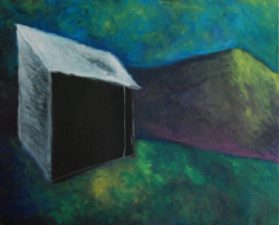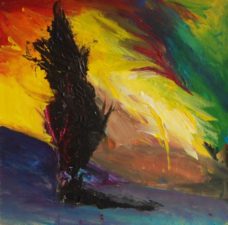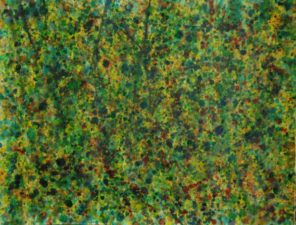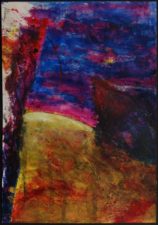If you’ve ever played video games, perhaps you’ll know that some are to pass the time. But some of them stick with your memory as works of art. For example, Hideo Kojima, an aspiring filmmaker at the time, created the Metal Gear saga for the PlayStation console. The video game had a lot of technical innovations that served the narrative. It was the first gaming experience to rely heavily on stealth to carry out missions, not just an unrealistic blowout. And in it, you see a variety of themes explored like biological warfare, genetic engineering, and AI. All of it with extended cinematic scenes that allude to Kojima’s love for movies. You get the feeling that this is a true work of art. And if this is an artwork in the digital realm, it begs the question of whether there should be NFT art galleries specialized in Web3 gaming experiences.
Indeed, it is worth a shout. An NFT art gallery is, almost organically, bound to have a metaverse presence. The metaverse requires a lot of video game development to it. So, it is logical to have NFT art galleries collaborate with video game studios looking to tap into Web3 gaming. If NFT art can be gamified or, as we have seen recently, videogames that develop Web3 qualities, then some exploration is possible.
Because Web3 gaming and NFT art are some of the most popular use cases for Web3 in general and video games should be considered an art form if done with a concrete narrative and aesthetic purpose, then it is only natural to consider whether an NFT art gallery can create a gaming experience powered by blockchain technology.
Meaningful collaborations and artistic dialogues
How can one piece of art interact with another piece of art? How about understanding how a specific aesthetic gets developed and tracing it back to its origins? This element of interactivity for NFT art is possible through a gamified experience. Something that is also permitted through smart-contract technology and be further enhanced through Web3 gaming.
You can have two or more artists’ creations interact and have an interesting juxtaposition of ideas, or perhaps one where you see how the artists complement one another.
Video games are an audiovisual, animated, and interactive experience. When given the artistic depth that the format deserves, you can fully immerse yourself inside the artists’ realm of ideas and themes.
In short, there is a lot of potential for new types of narratives, commentary, and metacommentary through a synergy of Web3 gaming and NFT art galleries.
Can video games be curated and exhibited?
Indeed, if an NFT art gallery was to produce a Web3 gaming experience, the question is a valid one. How would an NFT art gallery go about it? Can you exhibit micro-video games? Would that be considered a video game or just digital interactive art? It is possible to think of going to a local video game shop to browse what is new as somewhat of a gathering place for video game connoisseurs to gather and learn like art collectors would do at an art gallery. At least for gamers, it could be something like that, where they already know the owner of the store and that person lets them know about new releases or what’s new inside the store.
The Metaverse, and in general viewing content through screens online, allows for all sorts of designs and architectures of experiences and events. Add to this that you can theoretically have an entire video game act as an NFT art exhibition, and the different parts of the exhibit can be “levels” that you progress along.
The Web3 crowd is usually tech-savvy and will usually appreciate anything that looks to innovate and create new forms of narratives and engagement with audiences.
Why should there be these types of experiments?
An NFT art gallery seems to already call for a metaverse presence. This is the case of SOPRG, one of such NFT art galleries, which you can visit on its parcel in the Somnium Space metaverse. And the Metaverse is an endeavor that demands a lot of game development expertise. So, in logical terms, there seems to be space for collaboration.
For users and audiences, there are possibilities. Because previously, interactive experiences were available to those that could invest in expensive resources and capital. Now these types of content-viewing practices are becoming more widespread, more innovation can occur.
NFT art galleries can offer exhibits that break with narrative linearity and allow for a deeper understanding of themes, principles, philosophies, and aesthetics, thanks to gaming. Artists can also gamify an exhibit in which collectors can acquire works of art through video game criteria, having paid an entrance fee to participate in such an exhibit. This offers a way for the NFT artist to make that those that end up collecting a piece of their art do so because they are the ones that know the most about their work, art, and themes.
This being the case, you can have a Web3 gaming exhibit with all new artistic formats or art done the old-fashioned way, like what SOPRG offers. All it takes is some experimentation with two of the most popular use cases in the nascent Web3 economy.
The beautiful NFT art by Alina Hrabětová you can find in our Opensea gallery or you can visit our virtual gallery in Somnium Space






